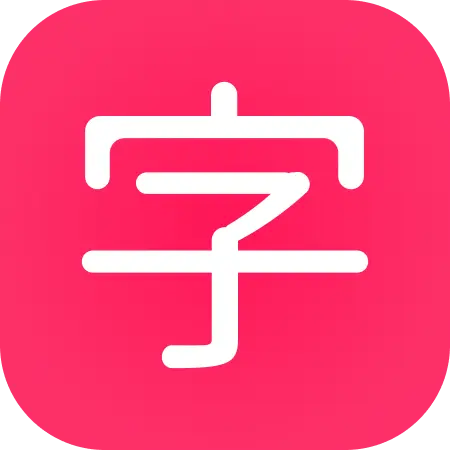Four Types of Chinese Character Components
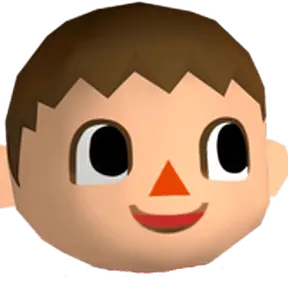 Kevin
\\
Kevin
\\
Chinese character components are the different groups of strokes within a character. HanziHero, our spaced repetition system app for learning Chinese characters teaches hundreds of components to our users to help them understand and remember each Chinese character.
While HanziHero uses components primarily as a way to make clever mnemonics for each Chinese character, components also have other uses. Specifically, they are etymological clues to help you better understand Chinese characters. In this sense, they can be divided into four main types, which is what we will cover in this article.
Four main types
The four main types of components are the following:
- Form components
- Meaning components
- Sound components
- Empty components
The name of each of these types refer to what the components indicate within the character. Let’s cover each one by one.
Form components
Form components are components whose form depicts something that indicates the meaning of the character.
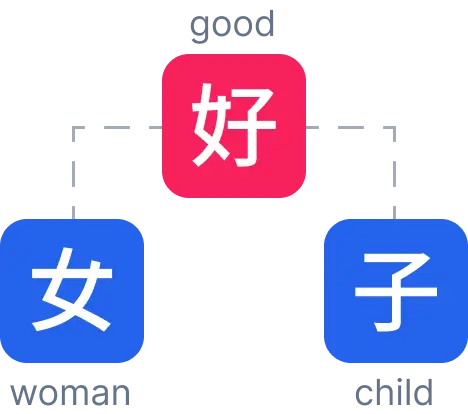
For example, the character 好 hǎo , which means “good”, contains the form components 女 woman and 子 child. The form of those components together literally depict a woman with her child, which indicates the meaning “good”. It is “good” for a woman to be with her child, and the form of these two components together indicate this idea to point to the meaning “good”.
Meaning components
Meaning components are components whose meaning indicates the overall meaning of the character.
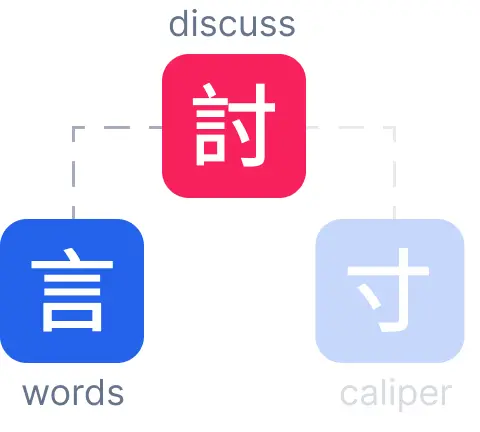
For example, the character 討 tǎo , which means “discuss”, contains the meaning component 言 words. Naturally, to discuss anything, you will need to use words, and this component indicates that aspect of the meaning within the character.
The component 言 words is not considered a form component, on the other hand, because it does not literally depict “words”. Just like characters, components can have a meaning that does not correspond with how it looks. This is especially the case for components with abstract concepts like “words” which are hard to depict graphically.
Sound components
Sound components are components that indicate the sound of the character.
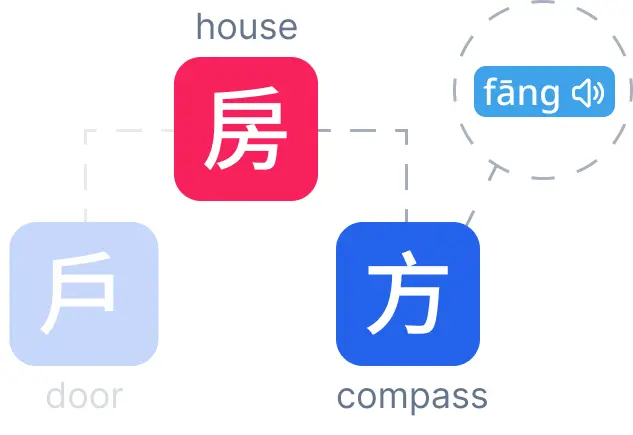
For example, the character 房 fáng , contains the sound component 方 compass. That component by itself is pronounced fāng , and its presence within the character 房 indicates its pronunciation. As we can see, the pronunciation of the component and the character are quite similar, with only the tone being different between the two.
Empty components
Empty components are components that don’t indicate anything within the character.
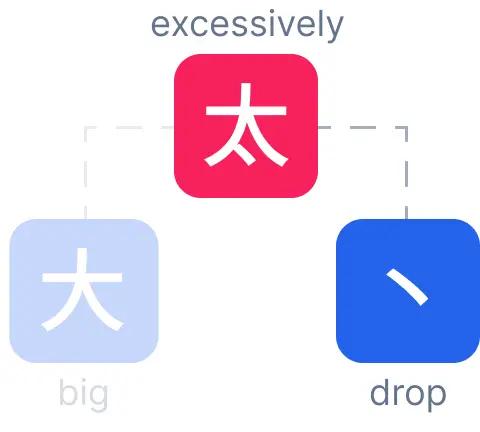
For example, the character 太 tài , which means “excessively”, contains the component 丶 drop. This component does not actually contribute to the meaning of the character, but was only added to differentiate it from a similar character 大 dà which means “big”.
Additional component groups
These four main component types are grouped into two main groups, functional and semantic components. These two group names are a bit confusing, because they seem like separate types entirely, but they are not. Let’s cover what they actually mean.
Functional components
Functional components includes any of these three component types:
- Form components
- Meaning components
- Sound components
In other words, functional components is any type of component other than empty components. They are called functional components because they actually have a function within the character, instead of having no meaning at all like empty components.
Semantic components
Semantic components consists of the following two component types:
- Form components
- Meaning components
Semantic components are characters that indicate the actual meaning of the character. Sound components indicate the sound of the component, and empty components indicate nothing, which is why they are excluded from this group.
Helps with understanding, but not required
These four main component types and the two component groups may be a bit overwhelming. However, knowing the exact details of each component or what type they are is not needed for learning Chinese characters.
Etymology is helpful, but unnecessary
In fact, many Chinese themselves won’t even know the exact component types within any given character!
You can think of the various component types as etymological information for characters. In the same sense that one does not need to know the etymology of the English prefix “super-“ to understand the word “superpower”, so too do you not need to know the etymology or type of the component 言 words to understand or remember the meaning and pronunciation of the character 討 tǎo .
Recognition is key
However, recognizing and identifying the prefix “super-“ can help you understand the word “superpower”, even if you don’t know its exact etymology. Chinese character components are similar in that recognizing each of the components helps a bunch, even if you don’t know their exact type or details.
That is why HanziHero assigns a useful and easy to remember name to each of our components. This name is usually based in the etymology of the component itself, but we will also take creative license to make our own if we find one that better describes the meaning or form of the component.
By teaching you each of these components, and making stories for each of them as they come up in different characters, we allow you to easily recognize them in new characters you come across.
Conclusion
Chinese character components are a great tool for better understanding and remembering Chinese characters. They have four different types and two groups, but you don’t need to know the exact details of each component for them to be useful. If you want to better recognize components and use that skill to learn and remember Chinese characters, try out HanziHero for free!
